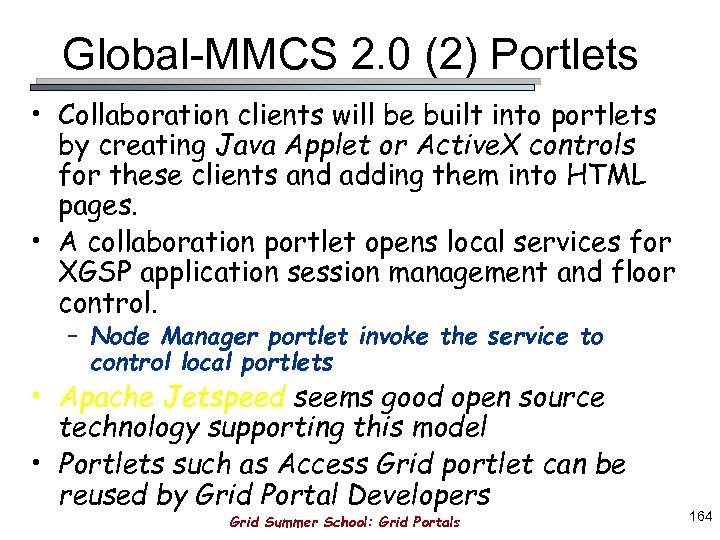

Engineers cannot physically see the spacecraft with the naked eye or a telescope, and they rely on radio "tracking" to know where the spacecraft are at any given time. Navigation How the DSN helps engineers navigate the spacecraft during cruiseĭuring cruise, the Deep Space Network antennas pick up signals from the spacecraft that tell navigators where the spacecraft are located. MSPA allows only one spacecraft at a time to have the uplink, and Curiosity commands early in each sol (martian day) for roughly 30 minutes to provide the instructions for that sol's activities. The rover's downlink sessions (when the rover sends information back to Earth) are generally roughly 15 minutes each, with usually two downlink sessions per relay orbiter (ODY, MRO) per martian day (sol), with two sessions overnight and two sessions in the late martian afternoon. During the landed operations phase on the martian surface, the Mars Science Laboratory utilizes the Multiple Spacecraft Per Aperture (MSPA) capability of the DSN, which allows a single DSN antenna to receive downlink from up to four spacecraft simultaneously, as well as using the relay capabilities of the Mars Odyssey (ODY) and Mars Reconnaissance Orbiter (MRO) spacecraft. A sophisticated scheduling system with a team of hundreds of negotiators around the world ensures that each mission's priorities are met.ĭuring critical mission events, such as landing on Mars, multiple antennas on Earth and the Mars Reconnaissance Orbiter track the signals from the spacecraft to minimize risk of loss of communication.

The Mars Science Laboratory spacecraft must therefore share time on the DSN antennas. The DSN antennas are extremely busy trying to track all of these space missions at once. In addition, the Mars Exploration Rovers are still busy on the surface of Mars and NASA's Mars Reconnaissance Orbiter has joined the other martian orbiters. Many spacecraft are cruising in space, observing Saturn, the sun, asteroids and comets. The Deep Space Network (DSN) communicates with nearly all spacecraft flying throughout our solar system. While Curiosity is roving on the planet, it is communicating with the Mars Reconnaissance Orbiter via its UHF antenna and to the DSN on Earth by way of its high-gain antenna. The Mars Science Laboratory, while in its cruise stage configuration, communicated through low and medium-gain antennas. The larger the antenna, the stronger the signal and greater the amount of information the antenna can send and receive. These enormous antennas enable humans to reach out to spacecraft millions of miles away. The DSN antennas are extremely large: 34 meters (about 37 yards) and 70 meters (about 76 yards). how fast and how much data the rover can send back.X-band radio waves used by the rover to communicate.how the rover can communicate through Mars-orbiting spacecraft.special signal tones the DSN received during entry, descent, and landing.

how the DSN helps engineers navigate the spacecraft during cruise.the size and strength of the DSN Antennas.


 0 kommentar(er)
0 kommentar(er)
